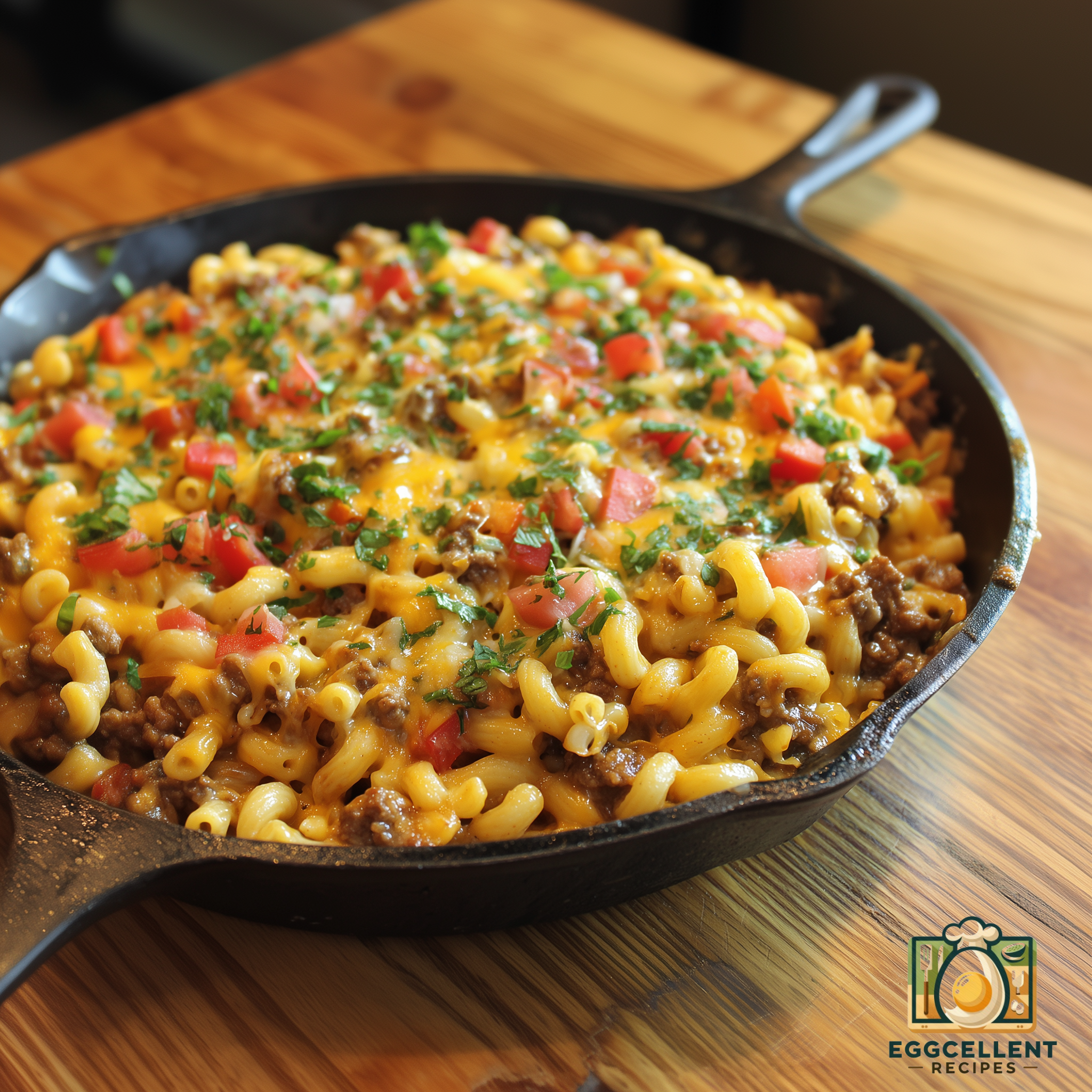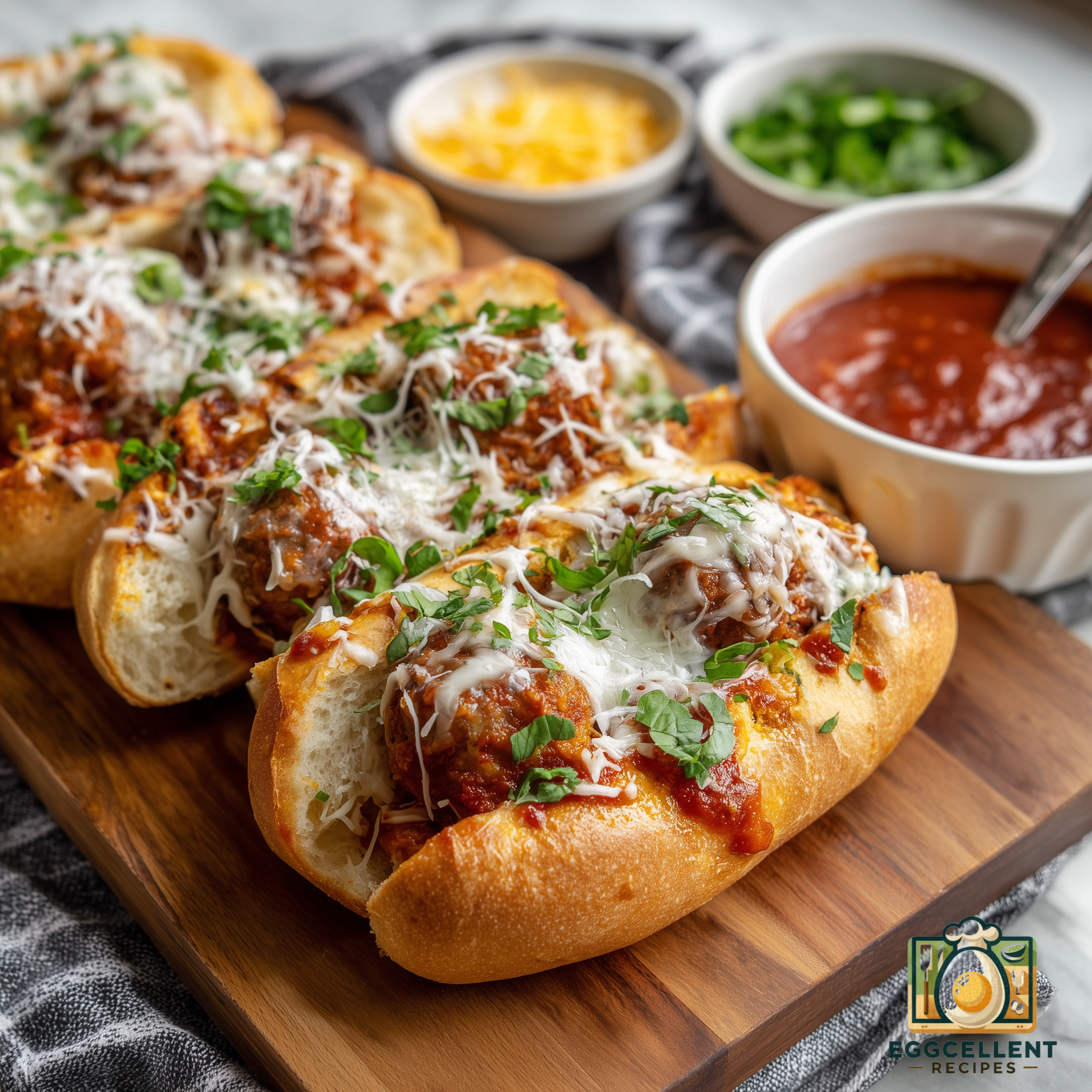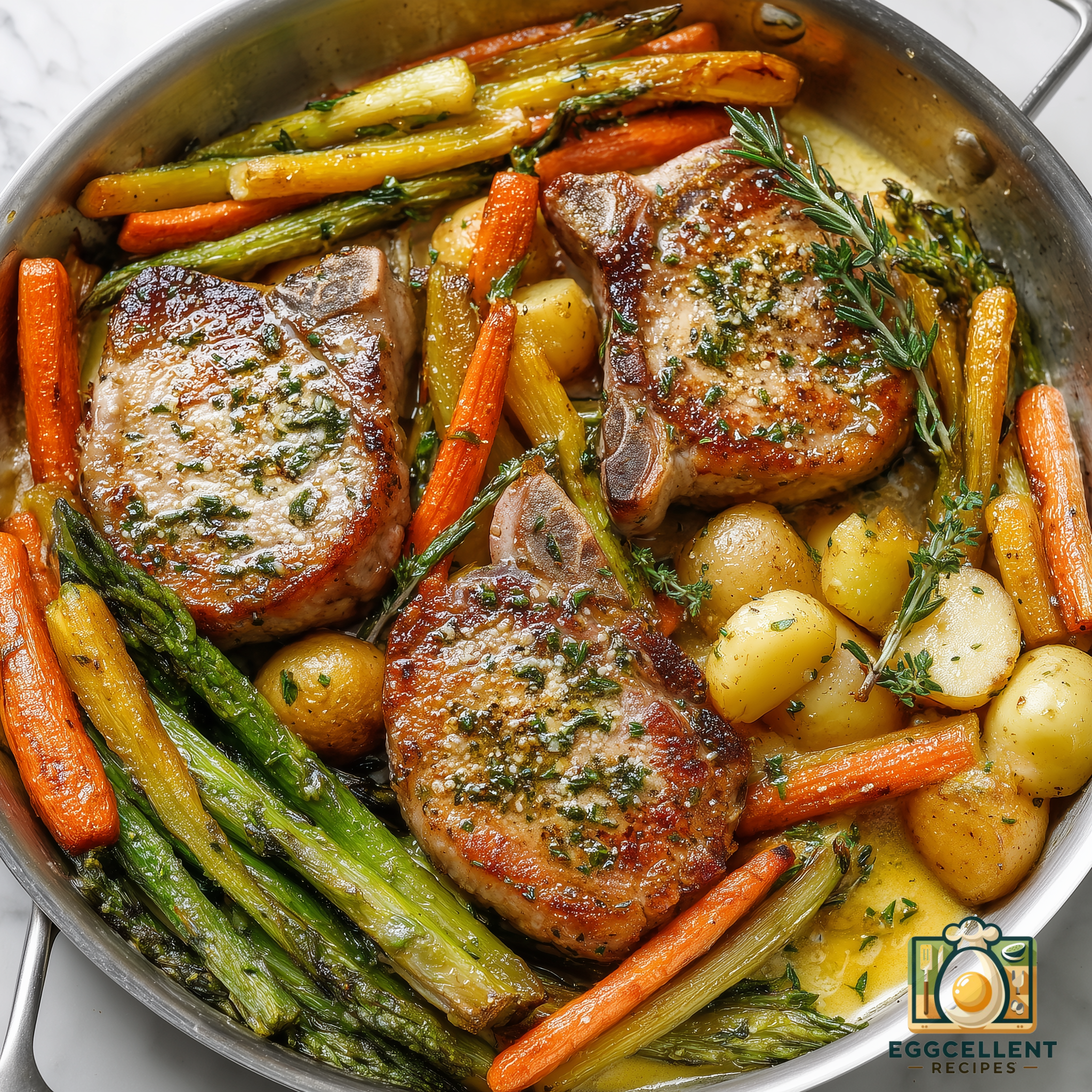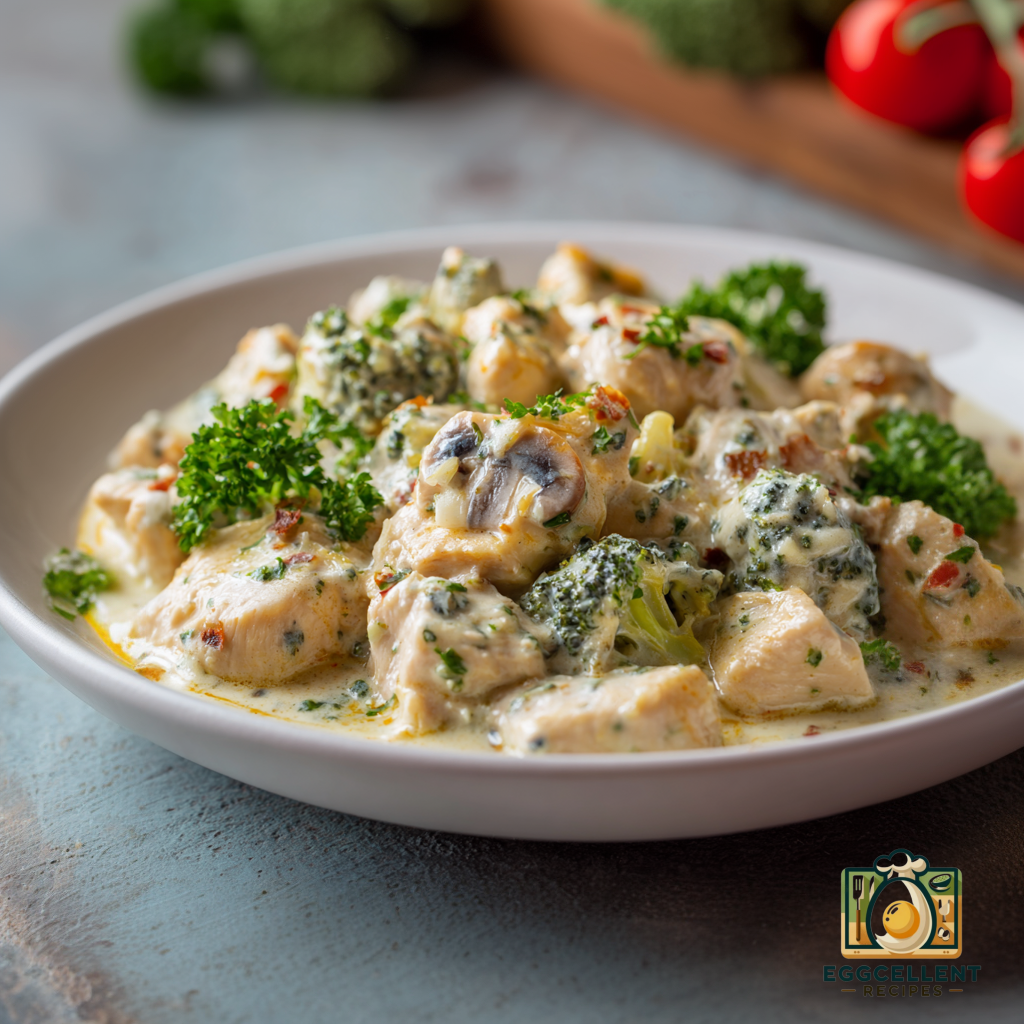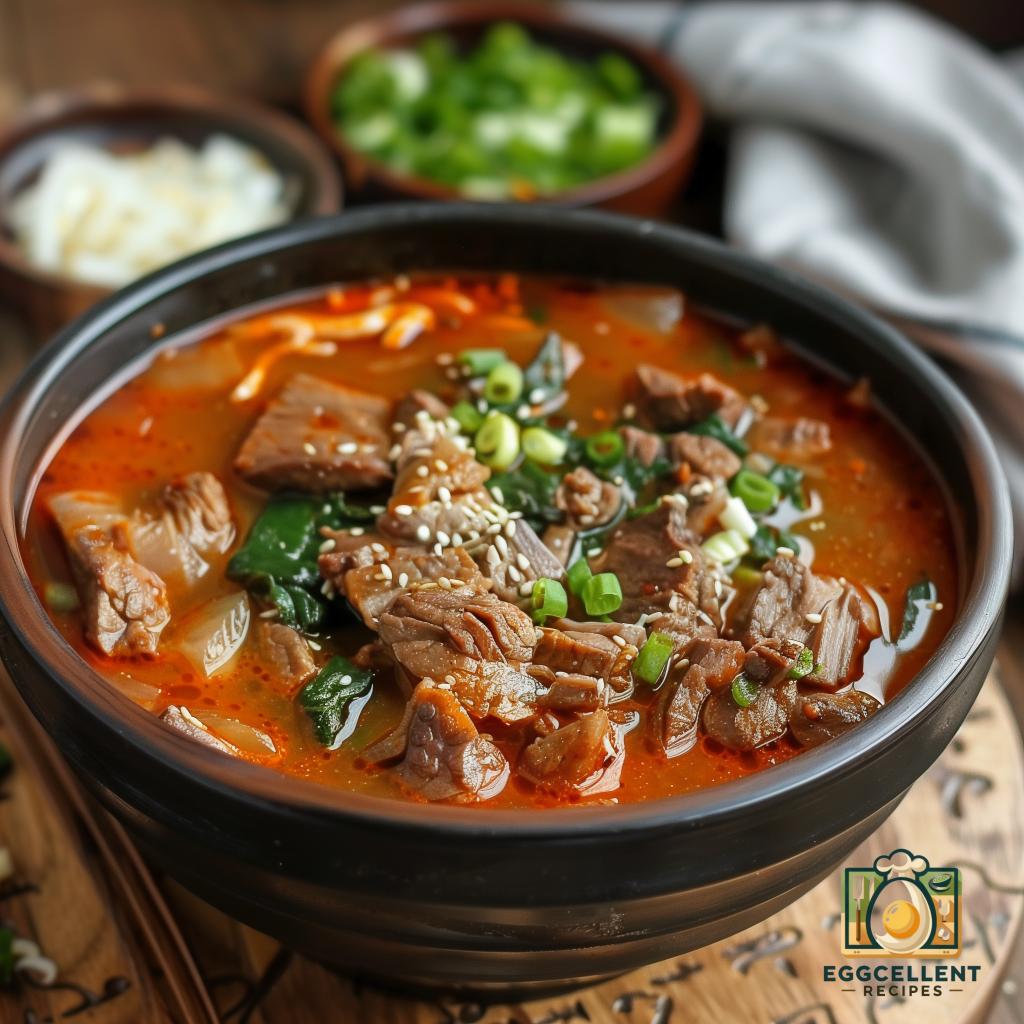
If you’re craving a dish that is both bold and warming, Korean Spicy Beef Soup, or Yukgaejang, is a delightful choice. This traditional Korean soup is renowned for its deep, spicy flavor and comforting qualities. Made with tender beef, vegetables, and a unique blend of seasonings, it’s a hearty meal that’s perfect for any time of day. Whether you’re seeking comfort on a chilly night or a flavorful lunch, Yukgaejang promises to satisfy your taste buds and warm your soul.
Tips to make the Korean Spicy Beef Soup (Yukgaejang) recipe:
1. Choose Quality Beef: For a truly flavorful Yukgaejang, opt for good quality beef cuts such as brisket or shank. These cuts are ideal for slow cooking, which brings out the rich flavors necessary for the soup’s base.
2. Soak the Fernbrake: If you’re using dried fernbrake (gosari), make sure to soak it overnight. This will help it rehydrate and soften, ensuring it cooks evenly within the soup.
3. Balance the Spices: Yukgaejang is known for its spiciness, which comes from Korean red pepper flakes (gochugaru). Start with a moderate amount and adjust according to your spice tolerance. Remember, it’s easier to add more spice than to correct an overly spicy dish.
4. Use a Rich Stock: A flavorful stock is crucial for the soup’s depth of flavor. You can make your own beef stock or enhance store-bought stock by simmering it with additional garlic and onion for more complexity.
5. Simmer Slowly: Allow the soup to simmer gently over low heat. This slow-cooking process melds the flavors together beautifully and tenderizes the beef, creating a rich, savory broth that’s at the heart of this comforting dish.
How to Make Korean Spicy Beef Soup (Yukgaejang) Recipe?
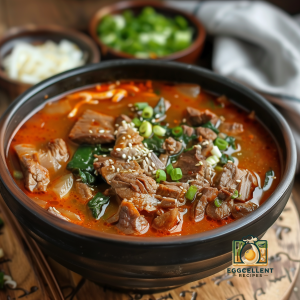
Korean Spicy Beef Soup (Yukgaejang) Recipe
Equipment
- 1 Large Pot For boiling the beef and making the soup
- 1 Skillet For sautéing the vegetables
Ingredients
- 500 g Beef brisket Cut into chunks
- 2 tbsp Gochugaru (Korean red pepper flakes)
- 1 tbsp Sesame oil
- 2 tbsp Soy sauce
- 1 tbsp Garlic, minced
- 8 cups Water
- 1 medium Onion, sliced
- 100 g Fernbrake (or bracken fiddleheads) Soaked and cut if large
- 100 g Bean sprouts
- 4 stalks Green onions, cut into lengths
- 1 tsp Salt Adjust to taste
- 1/2 tsp Ground black pepper
Instructions
- In a large pot, boil beef brisket in water until tender, about 1 hour and 30 minutes. Remove beef and let cool. Shred beef into thin strips.
- In the same pot, add shredded beef, soy sauce, sesame oil, garlic, and gochugaru. Cook for 5 minutes to incorporate flavors.
- Add 8 cups of water to the pot and bring to a boil. Lower heat and simmer for 20 minutes.
- Add onion, fernbrake, and bean sprouts. Simmer for another 20 minutes.
- Add green onions, salt, and black pepper. Adjust seasoning to taste. Simmer for an additional 5 minutes.
- Serve the soup hot.
Notes
Nutrition
I love this recipe, Korean Spicy Beef Soup, or Yukgaejang, is a warming and flavorful dish that brings together the rich tastes of beef, vegetables, and spices. Its preparation involves a combination of simmering beef to create a deep, savory broth and mixing in a variety of ingredients like green onions, bean sprouts, and the distinctive flavors of gochugaru (Korean chili flakes) and gochujang (Korean chili paste). This recipe is not just about creating a meal but also an experience of traditional Korean cooking that comforts the soul and delights the palate.
Whether you’re new to Korean cuisine or a seasoned aficionado, making Yukgaejang at home can be a rewarding endeavor. With its bold, spicy flavors and nutritious ingredients, it serves as a perfect dish to enjoy on cold days or when in need of a hearty, satisfying meal. By following this recipe, you invite a piece of Korean culinary tradition into your home, offering both a delicious dinner and a chance to explore the rich tapestry of flavors that Korean cooking has to offer.

